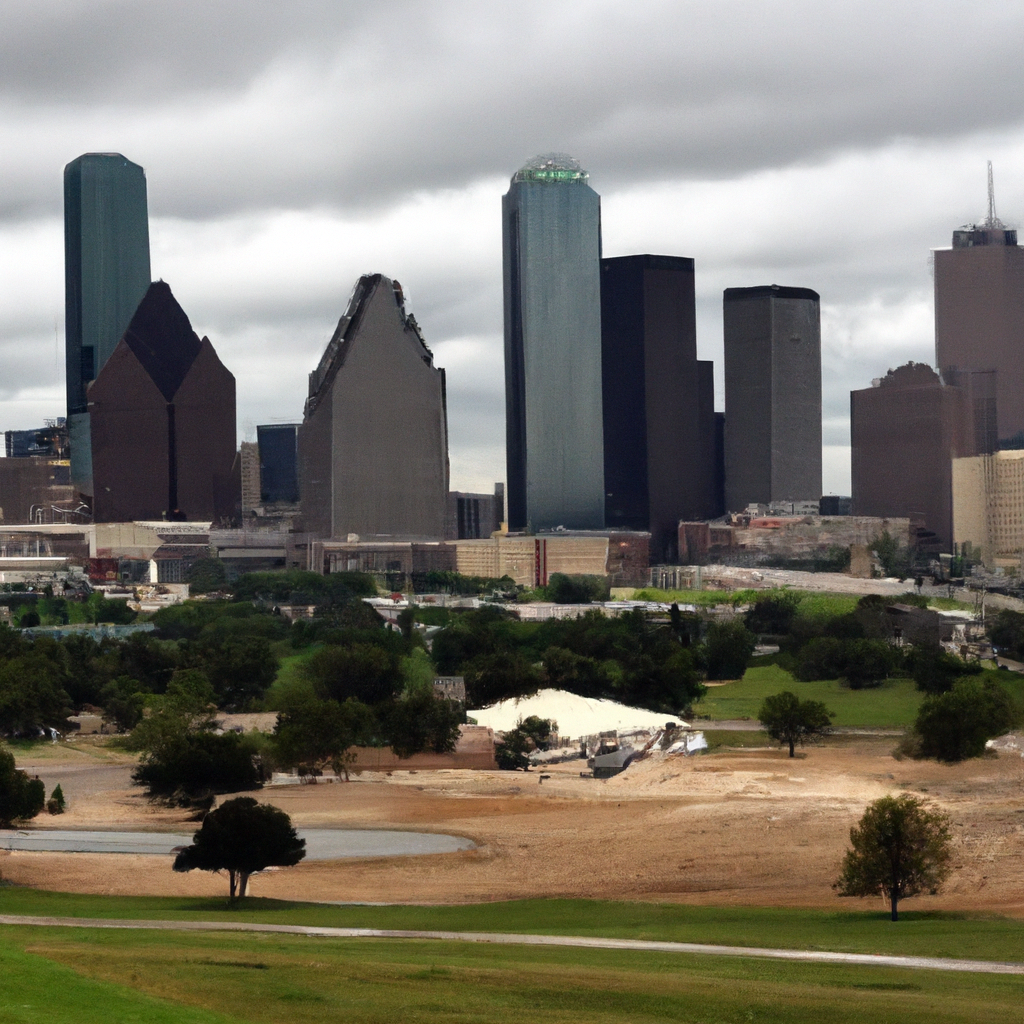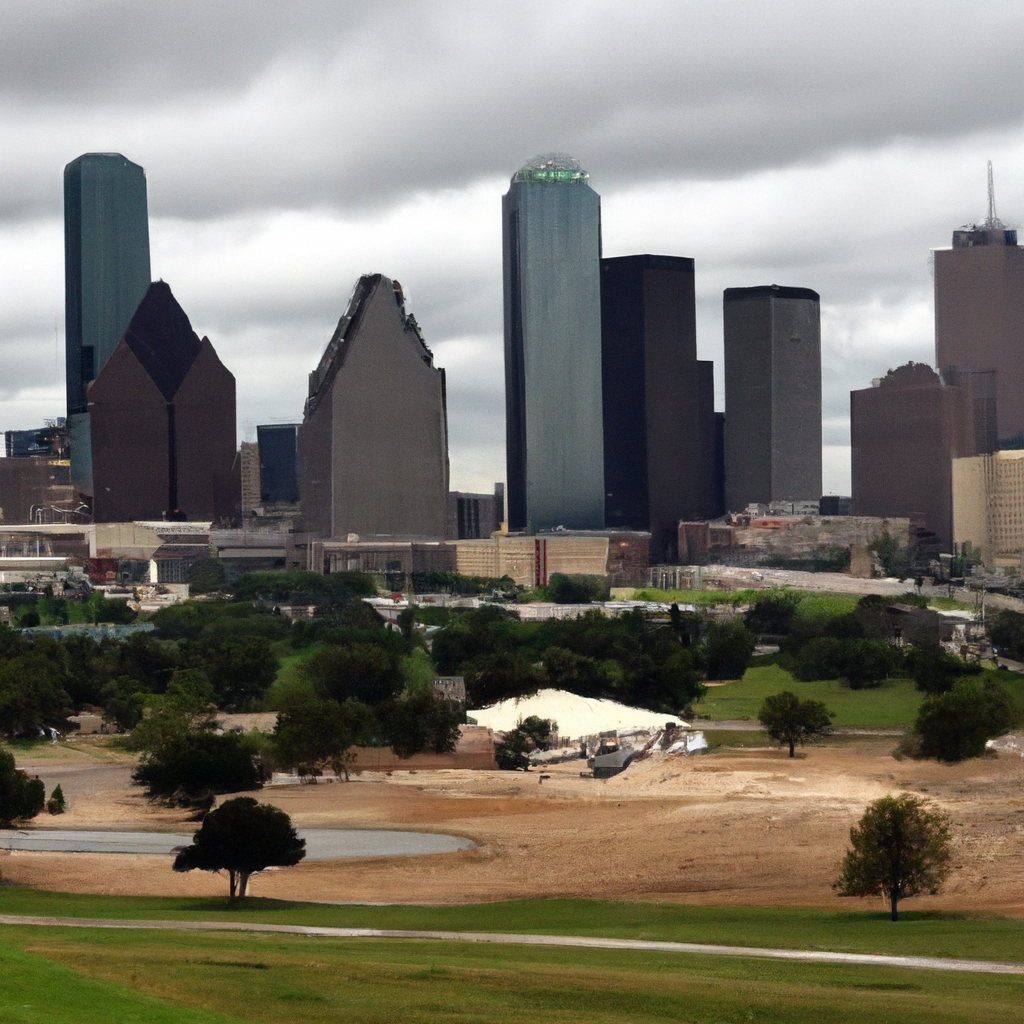In the expansive state of Texas, there exists a city plagued by financial hardships and a lack of resources. This city, which remains unnamed for the purpose of our investigation, holds the unfortunate title of the poorest in Texas. Exploring the factors that contribute to its economic struggles, this article aims to shed light on the challenges faced by its residents and the potential solutions that may uplift them from their current circumstances. Join us as we delve into the complex web of economic inequality and social deprivation that afflicts the poorest city in Texas.

This image is property of pixabay.com.
What Determines Poverty in a City?
Poverty is a complex issue that can be influenced by various factors. Understanding what determines poverty in a city is crucial for devising effective strategies to address this issue. While the causes of poverty are multifaceted and can vary from one city to another, some common factors play a significant role in determining poverty rates in urban areas.
Factors Affecting Poverty Rates in Cities
Several factors contribute to poverty rates in cities. One of the primary factors is the level of income inequality within the city. Cities with a large gap between the rich and the poor tend to have higher poverty rates. Limited job opportunities and low wages also contribute to poverty in urban areas. Lack of affordable housing, access to quality healthcare, and education can also exacerbate poverty rates in cities. Additionally, social and demographic factors, such as race, ethnicity, and gender, can further impact poverty levels.
Income Inequality
Income inequality is a major determinant of poverty in cities. When a small percentage of the population controls a significant portion of the wealth, it leaves little opportunity for those with lower incomes to escape poverty. Cities with high concentrations of wealth tend to experience higher poverty rates.
Limited Job Opportunities and Low Wages
The availability of job opportunities and the level of wages play a crucial role in determining poverty rates in cities. Cities with a scarcity of jobs or limited industries can result in high unemployment rates and low-income levels. Furthermore, a significant portion of urban jobs may offer low wages, leaving many individuals struggling to make ends meet.
Lack of Affordable Housing, Healthcare, and Education
Access to affordable housing, quality healthcare, and education are essential for individuals and families to escape the cycle of poverty. However, in many cities, the cost of housing is prohibitively high, making it difficult for low-income individuals to secure a stable home. Limited access to affordable healthcare and quality education can also perpetuate poverty by hindering opportunities for upward mobility.
Social and Demographic Factors
Social and demographic factors, such as race, ethnicity, and gender, can significantly impact poverty rates in cities. Historical and systemic inequalities have disproportionately affected certain racial and ethnic groups, resulting in higher poverty rates. Additionally, gender disparities, including the wage gap, can further contribute to poverty levels in urban areas.

This image is property of pixabay.com.
Poverty and Economic Disparities in Texas
Texas, the second-largest state in the United States, has both prosperous and economically disadvantaged regions. While the state boasts numerous cities with thriving economies, it is also home to areas grappling with high poverty rates. The economic disparities within Texas highlight the need for targeted interventions to address poverty effectively.
Understanding Poverty Statistics
Measuring poverty rates and understanding poverty statistics is crucial for policymakers and researchers to develop informed strategies. Poverty statistics typically capture the percentage of the population living below the poverty line, which is determined by income thresholds set by the federal government. These thresholds consider factors such as family size and composition to estimate the minimum income required to meet basic needs.

This image is property of pixabay.com.
Poverty Rate Measurement
The poverty rate is a commonly used indicator to measure the extent of poverty in a city or region. It represents the percentage of the population living below the poverty line. Poverty rates are often calculated annually based on household income data collected by government surveys, such as the U.S. Census Bureau’s American Community Survey.
The Impact of Poverty on Education
Poverty has a profound impact on educational outcomes for children and young adults. The lack of financial resources often restricts access to quality education, including early childhood education programs, tutoring, and extracurricular activities. Students from low-income backgrounds may face challenges related to inadequate school facilities, insufficient resources, and fewer opportunities for academic and personal development. These disparities can hinder educational achievement and perpetuate the cycle of poverty.

The Poorest City in Texas
Determining the absolute poorest city in Texas requires analyzing poverty statistics and considering various socio-economic indicators. However, it is important to acknowledge that poverty is a dynamic and evolving issue, and rankings may fluctuate over time. To address poverty effectively, policymakers and community leaders must focus on alleviating poverty in all areas experiencing high levels of deprivation.
Evaluating Poverty Data
Evaluating poverty data involves examining various socio-economic indicators such as median household income, unemployment rates, and access to social services. By analyzing these factors, policymakers can gain insights into the scope and severity of poverty in different cities. It is essential to ensure the accuracy and reliability of data sources to make informed decisions and allocate resources effectively.

Factors Contributing to Poverty in the Poorest City
The factors contributing to poverty in the poorest city in Texas can vary, but some key drivers often include high levels of income inequality, limited job opportunities, inadequate access to affordable housing, healthcare, and education. Additionally, social and demographic factors, such as racial and ethnic disparities, may intensify poverty rates. A comprehensive understanding of these factors is crucial for developing targeted interventions to address poverty effectively.
Addressing Poverty in the Poorest City
Addressing poverty in the poorest city requires a multi-faceted approach involving a range of stakeholders, including government agencies, non-profit organizations, and the local community. Priority areas for intervention may include increasing job opportunities, promoting affordable housing initiatives, expanding access to quality healthcare and education, and implementing policies that reduce income inequality. Additionally, addressing systemic issues such as racial and gender disparities is crucial for achieving lasting poverty reduction. Collaboration and sustained efforts are vital to create meaningful change and improve the quality of life for residents in the poorest city.
